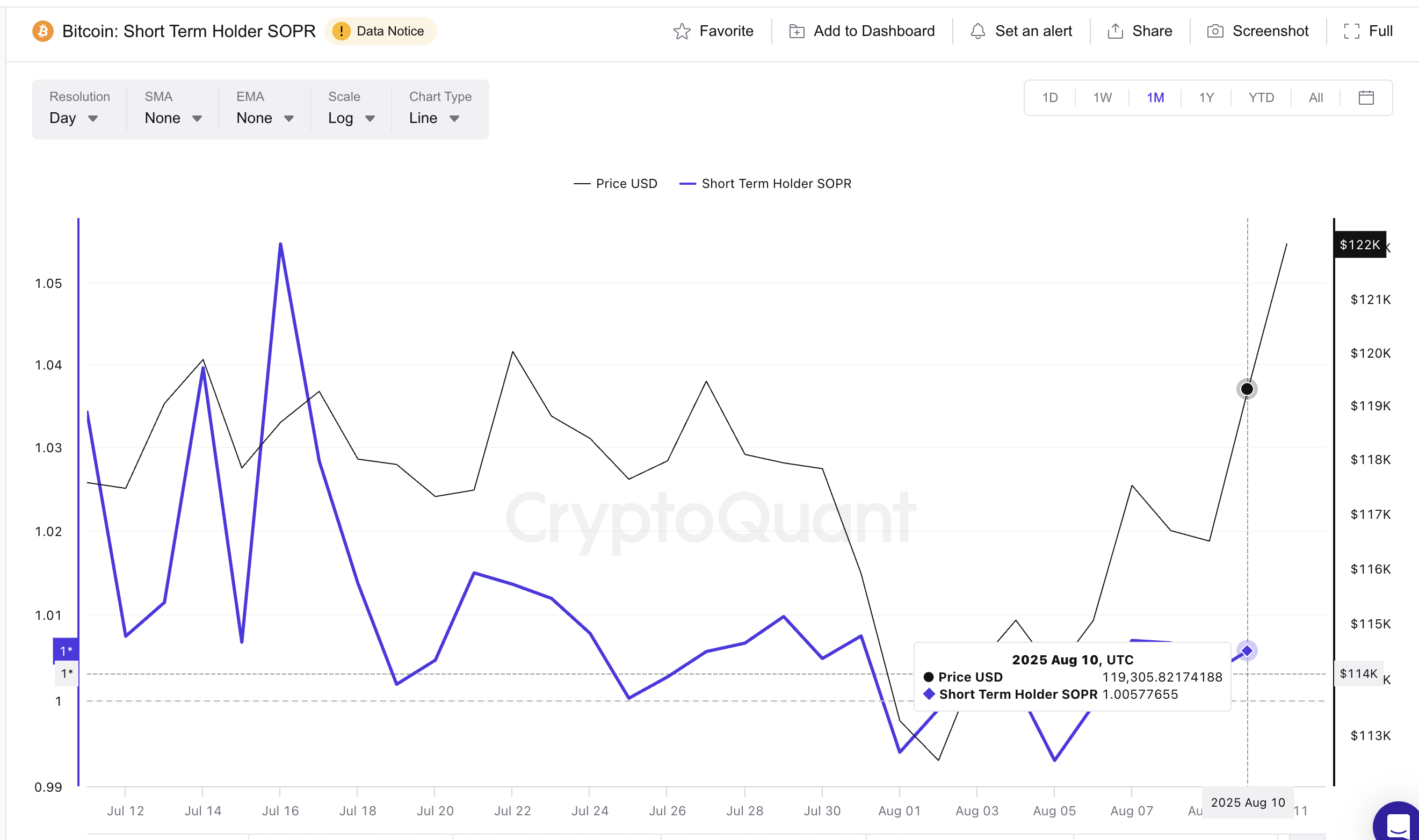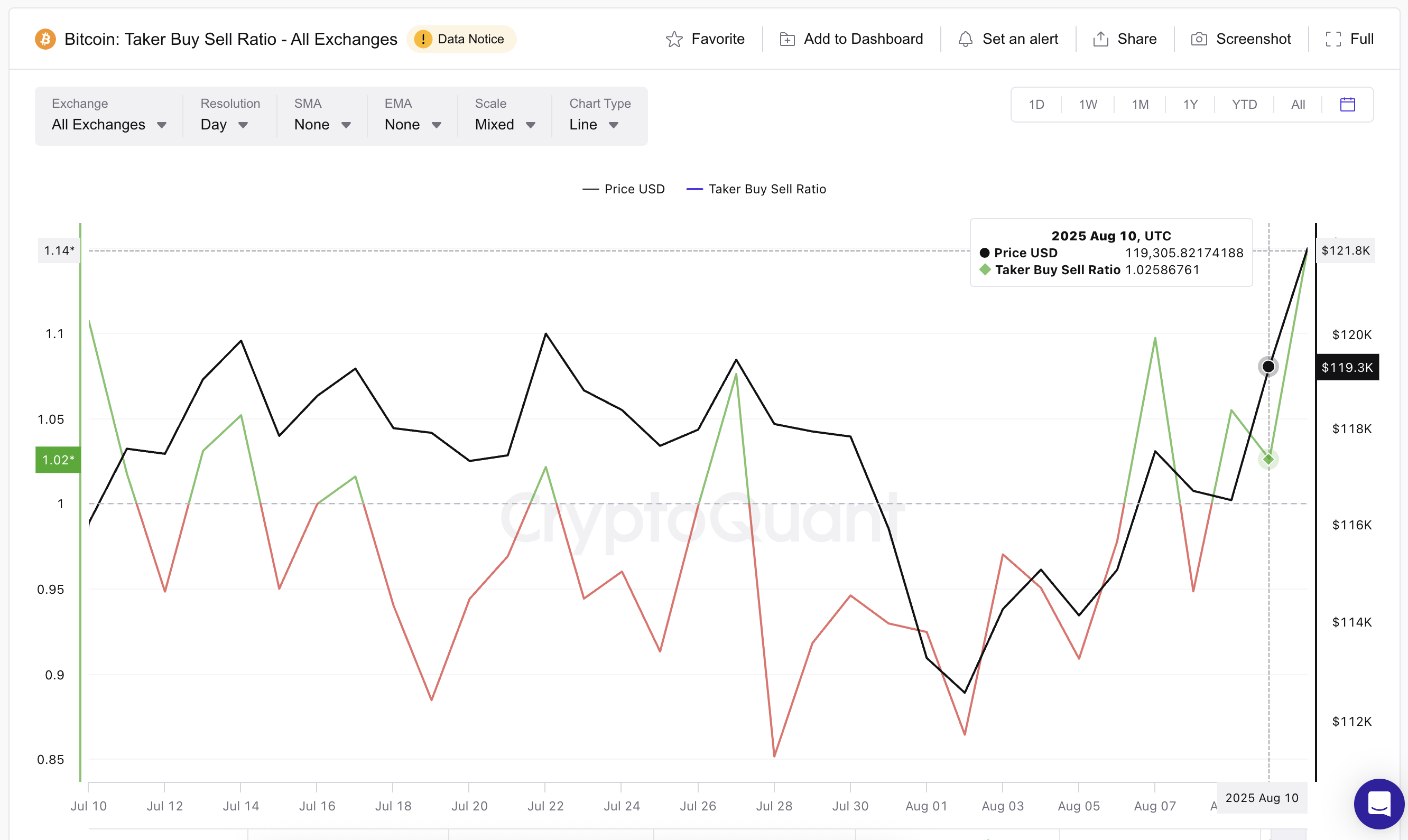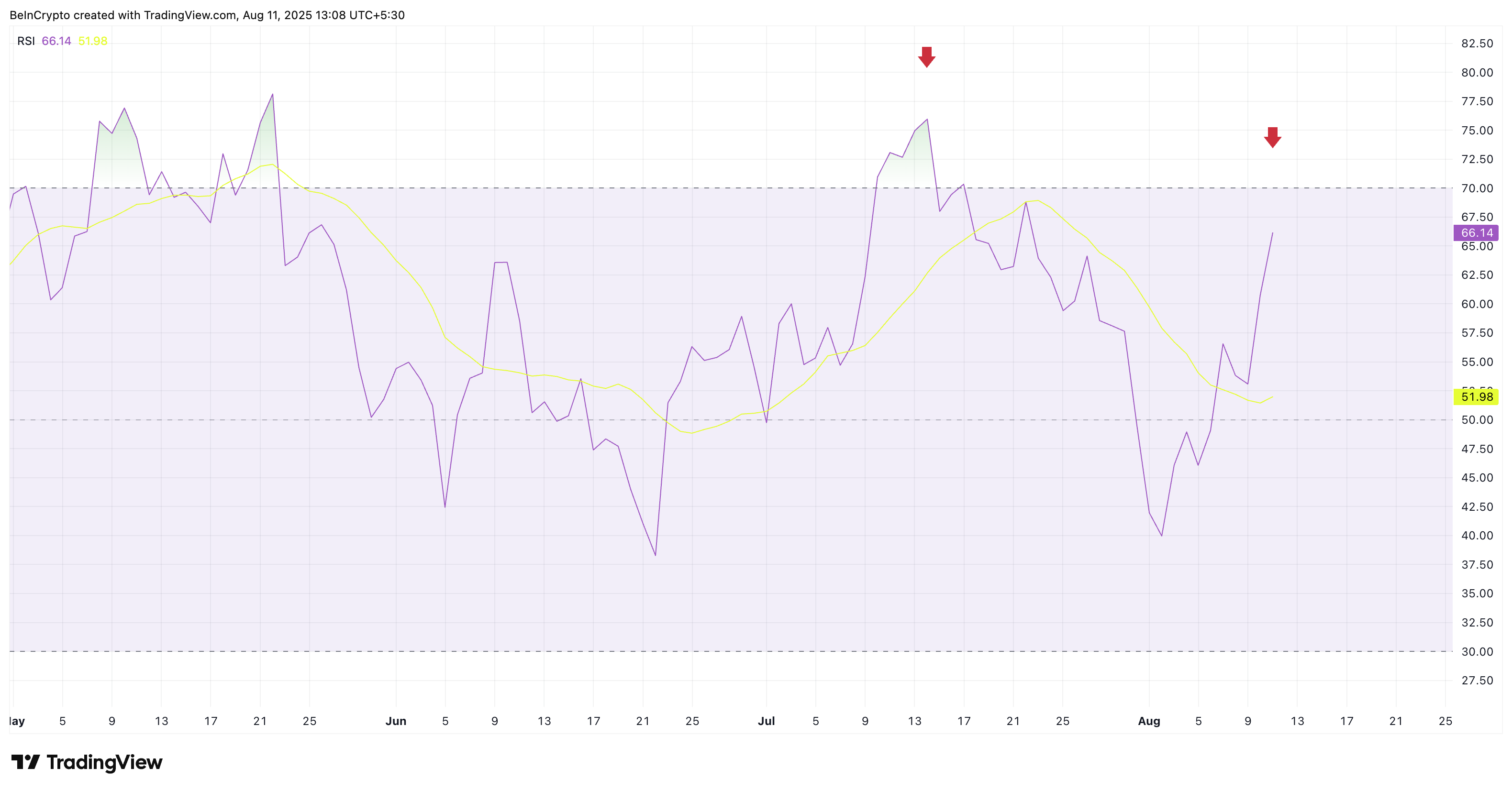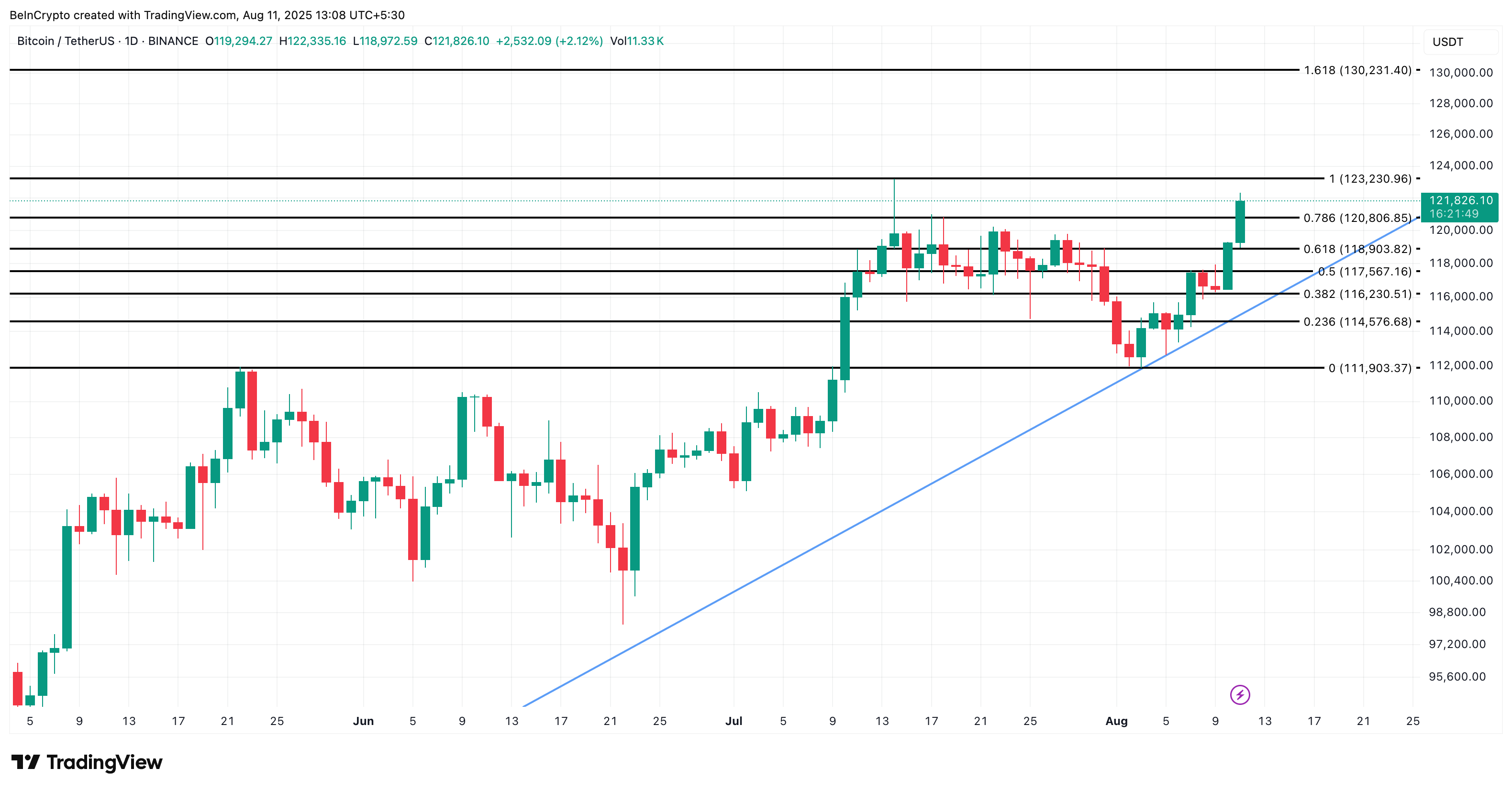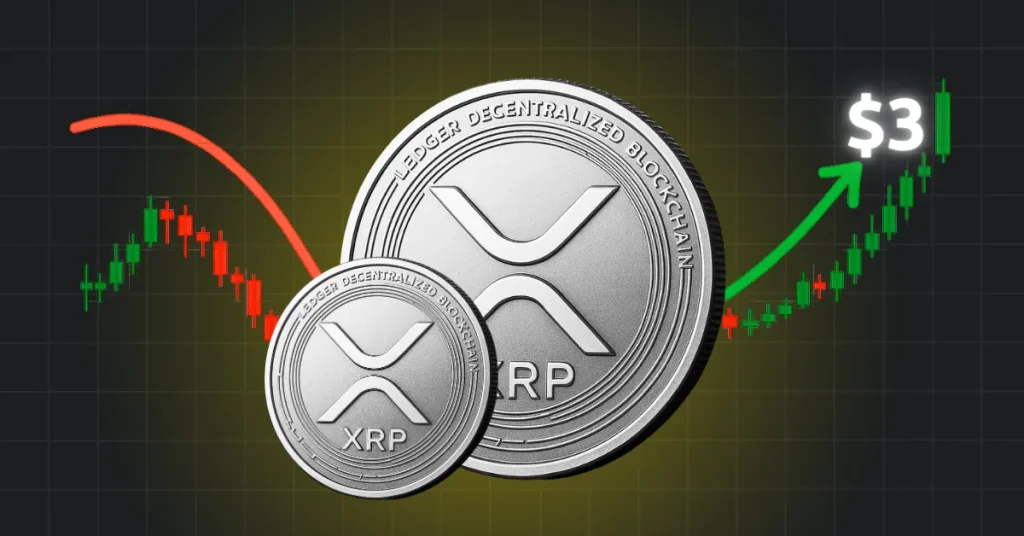
XRP price is under selling pressure from whales after these large addresses reduced their holdings by more than 230M XRP within 48 hours. This sale comes after President Donald Trump revealed that the US government will not buy any coins that will be part of the digital assets stockpile. As the market sentiment toward Ripple shifts, with the XRP price crash below $2?
XRP price today trades at $2.50 after a slight 1.5% decline in 24 hours.
Whales Sell 230M as Trump Dismisses Plans to Buy XRP
Data from Santiment shows that in the past 24 hours, Ripple whales holding between 10M and 100M XRP have sold more than 230M tokens worth approximately $575 million. After the recent sale, these XRP whales now hold the least amount of tokens in over a week.

The whale selling coincides with President Trump’s changes to the US crypto reserve, triggering a drop in XRP price and the crypto market today. President Trump has revealed that the US government will not buy Ripple or any assets for its digital assets stockpile. According to the White House,
“The government will not acquire additional assets for the U.S. Digital Asset Stockpile beyond those obtained through forfeiture proceedings.”
According to Bitcoin advocate Samson Mow, Trump is hesitant to buy XRP because of a lack of clear guidelines. Mow was among those who opposed XRP’s inclusion in the reserve.
“There was just no way to create guidelines which can allow the inclusion of XRP without including [random memecoin] and the optics of buying these things to enrich individuals and companies would be horrific.”
Mow further noted that the attendance of Ripple CEO at the White House crypto summit was only as a lobbyist and would not influence Trump’s decision for the reserve.
XRP Price Analysis as Bearish Pattern Emerges
XRP price is under bearish pressure after a descending triangle pattern emerged on the daily chart. This pattern shows that sellers have been pushing the price down amid weak demand from buyers, which may push the price below $2.
Ripple price bounced from the critical support level of $2.14 as traders bought XRP earlier this week after news of the crypto strategic reserve. However, the token is now facing strong resistance at the upper trendline, with a breakout only set to occur if Ripple can break out above $2.60.
XRP price could make a strong breakout from the upper trendline due to weakening sell-side activity as seen with the rising MACD line. The RSI has also moved above 50 again, indicating that buyers are gaining strength.

As the US crypto summit happens today, XRP price could likely face volatility. Garlinghouse’s presence at the summit could boost some gains, but if the market has already priced this in, it could lead to minimal gains or even cause a selloff.
The post Whales Dump 230M XRP as Trump Dismisses Plans to Buy Ripple – Will Price Crash Below $2? appeared first on CoinGape.




